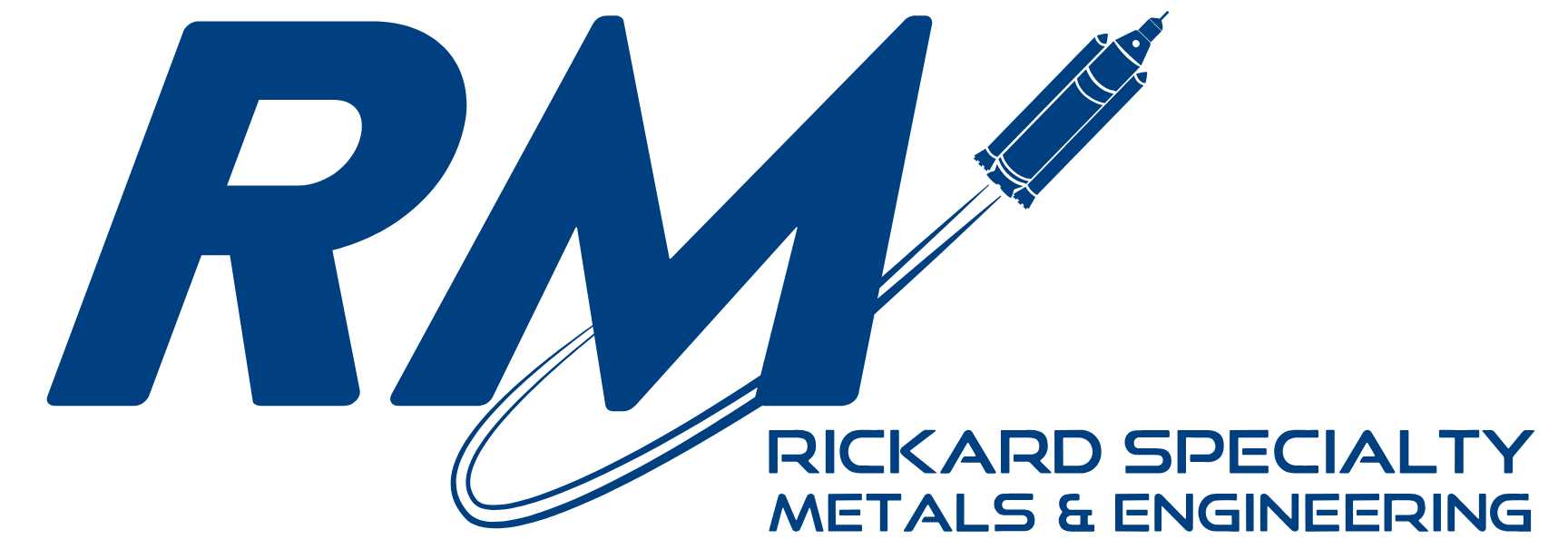Annealing Stainless Steel

The main reason for annealing stainless steel is to reduce its hardness and make it more workable. However, the gains of durability, tensile strength, machine ability are positives that can be gained by employing the annealing. There are several basic annealing processes available for the fabricator.
Quenching is the process of heating the stainless steel to a very high temperature then immersing the steel into a cool bath. Quench annealing is used to prevent carbides from precipitating at the grain boundaries a phenomenon known as sensitization.
Process annealing is used to induce softness. The stainless steel is heated to between 1400 and 1525 degrees Fahrenheit then cooled at a rate of 75 degrees per hour.
Stabilize annealing is a process that is used in concert with other annealing techniques. It is used on stainless steels that contain titanium and niobium when the end use is a highly corrosive application. The stainless steel is heated and help at temperature for several hours before being cooled with accelerated gas or water quenching.
Bright annealing is a technique used to preserve the steel surface while removing the stress and creating ductility. It is performed in a atmosphere furnace using dissociated ammonia or nitrogen/hydrogen. It is a great for removing oxidation from the annealing process.
Full annealing improves cold workability, dimensional stability, and is easily machined. The steel is heated and held at temperature for several hours, and then furnace cooled to room temperature.
Rickard Specialty Metals and Engineering can assist you in developing a plan to performing annealing services while providing the know how to fabricate the material.
